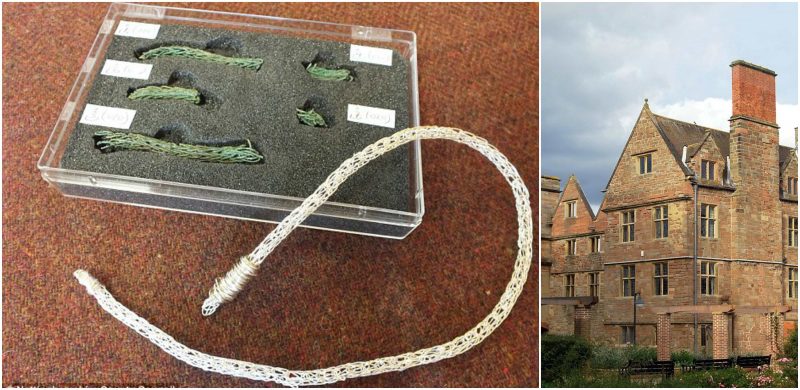Think of Middle Ages and the first thing that appears in everyone’s imagination is the Black Death and self-flagellation. There are many misconception regarding this medieval practice, but researchers’ consensus is on the fact that most people used this for purification, spiritual healing and in case of plague physical healing as well.
Recently copper scourges used in the self-flagellation rituals in the medieval time have been discovered in Nottinghamshire. These scourges according to the experts were used in self-purification ceremonies in which the person seeking repentance would have repeatedly hit themselves in an act called self-flagellation.
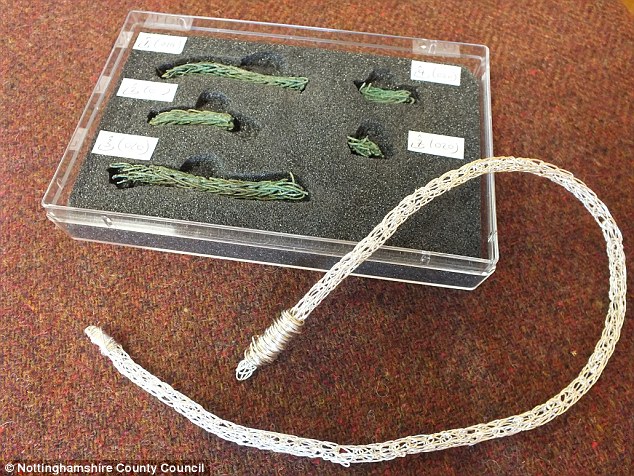
The instrument of self torture was discovered buried under Meadow at Rufford Abbey in Nottinghamshire. Alloy copper wires are braided together to make the scourges. A common practice in Middle Ages, people self flagellated in order to cleanse themselves from sins or as a cure for a fatal disease. Historians found ample data on the practice carried out during the famous plague known as the Black Death in Europe.
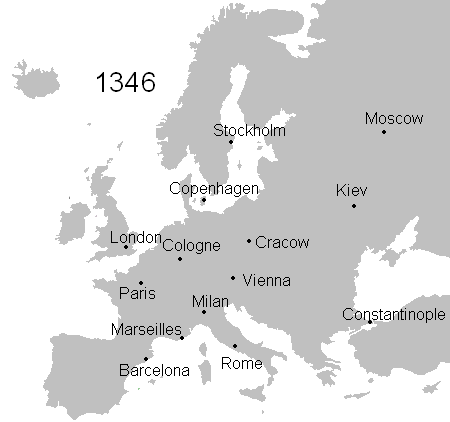
The plague ravaged through almost the whole of Europe leaving a trail of death and destruction behind. The period lasted over a year; however its impact is heard even today in the historical accounts. The main factor was the sheer number of people the Black Death killed, wiping some 40 to 60 percent of the European population at the time.
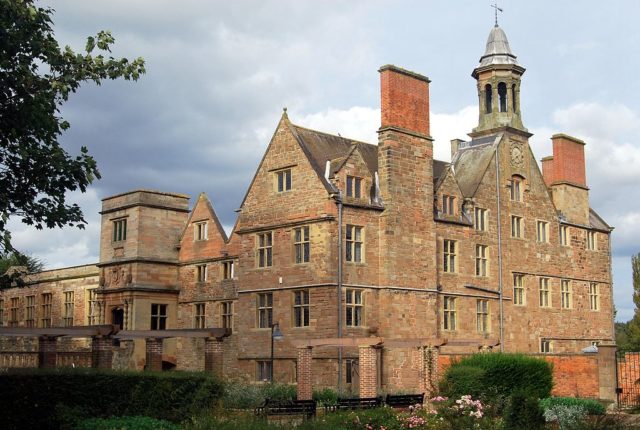
Once affected the patients could die in less than a weak with puss coming out of almost all the exits of their bodies. Various segments of the society interpreted the calamity in their own terms and according to their knowledge. Before the plague Rufford Abbey enjoyed immense perks and privileges from the King, however in 1348 the Abbey went into a practical ‘bankruptcy’ and ran out of all deposits. The priests had to wake up early in the morning and work in the fields all day every day to make the ends meet. These Cistercian Monks were not accustomed to this kind of hard labour and sought to God for forgiveness. The Monks thought and preached that the calamity is in fact God’s wrath on people for their sins and deviation from God.
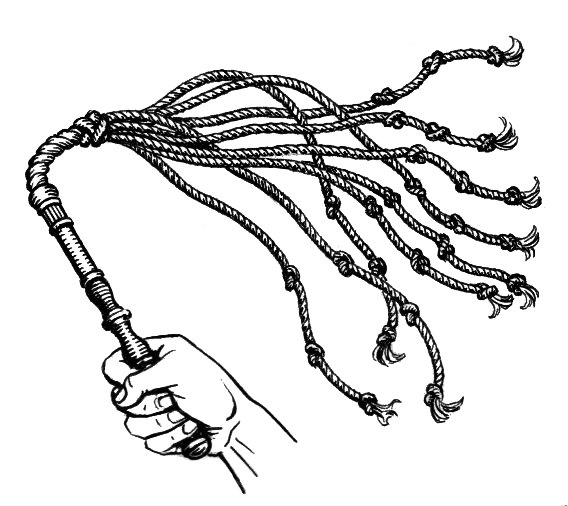
In the years leading up to the plague the Abbey’s monks came under scrutiny after some of their fellow preachers were caught red handed as criminals. Brother William was arrested by the authorities for killing another monk Brother Robert. This killing of a monk by a fellow brother shook the core of the Abbey’s elders, but then another monk was caught after he robbed £200 from Thomas De Holmes, which was a huge sum at the time.
People of the Nottinghamshire started losing faith in the monks, and Abbey adopted the method of self-flagellation when the plague hit the region.
